
philiosophy
Restoring stringed instruments is, in my opinion, like reviving a precious work of art, whilst concurrently paying close attention to its ‘utility’: its sound and playability, which are of course the very soul of an instrument.
As a first step, students will usually study violin making in a private workshop or, more commonly nowadays, at a violin making school, where they learn to handle tools, woodwork, and the design and building of new instruments.
They will also receive a modicum of training in repair work, but the time devoted to this subject is limited, with the focus principally on making new instruments.
After completing their studies at violin making school, students typically spend several years in different workshops, where repair and restoration techniques are learned and refined, and instruments of various styles and schools are studied.
If they then choose to become restorers, they have to find a workshop which practises and teaches restoration techniques (an option which is sadly not always available).
Preservation and restoration are such an important part of modern lutherie, however, that educating the restorers of the future must become a priority.
They will also receive a modicum of training in repair work, but the time devoted to this subject is limited, with the focus principally on making new instruments.
After completing their studies at violin making school, students typically spend several years in different workshops, where repair and restoration techniques are learned and refined, and instruments of various styles and schools are studied.
If they then choose to become restorers, they have to find a workshop which practises and teaches restoration techniques (an option which is sadly not always available).
Preservation and restoration are such an important part of modern lutherie, however, that educating the restorers of the future must become a priority.
new REALITY poses new CHALLENGES and demands new SOLUTIONS.
Accordingly, a successful restorer observes an instrument over time, through the changing seasons (and concert tours).
Along the way, they will notice differences in conditions and sound, and make decisions regarding repairs where and when necessary – for example determining if there is a need for intervention, or simply for the instrument be left to ‘acclimatise’.
A restorer will, of course, also undertake extensive restorations where necessary.
Instruments undergo many changes during their lifetime; heavy use, accidents and (all too often) failed attempts at improvement may compromise their stability, appearance, sound or tonal quality.
The first task therefore is to establish whether there is a genuine need for restoration. Questions include whether the instrument is stable, and sounds as it should. Or whether there are aesthetic issues that detract from its appearance.
Other considerations include the ultimate objective of the restoration: how the instrument will be used in future: whether it will be played, or will form part of a museum or private collection.
Instruments undergo many changes during their lifetime; heavy use, accidents and (all too often) failed attempts at improvement may compromise their stability, appearance, sound or tonal quality.
The first task therefore is to establish whether there is a genuine need for restoration. Questions include whether the instrument is stable, and sounds as it should. Or whether there are aesthetic issues that detract from its appearance.
Other considerations include the ultimate objective of the restoration: how the instrument will be used in future: whether it will be played, or will form part of a museum or private collection.
the FIRST TASK therefore is to ESTABLISH whether there is a GENUINE NEED for RESTORATION.
If the decision to restore the instrument is taken, the restorer is obliged to respect the intention and style of its maker, and to preserve as much of the original material as possible.
Knowledge of violin making schools, styles and methods is essential.
If the instrument is to be played, it should be restored to a playing condition that enables the musician to express their own sound.
Finally, the restorer will strive always to preserve the instrument as an ‘art object’ in its own right – for the generations of musicians, luthiers and audiences to come.
If the instrument is to be played, it should be restored to a playing condition that enables the musician to express their own sound.
Finally, the restorer will strive always to preserve the instrument as an ‘art object’ in its own right – for the generations of musicians, luthiers and audiences to come.
cases
(examples)
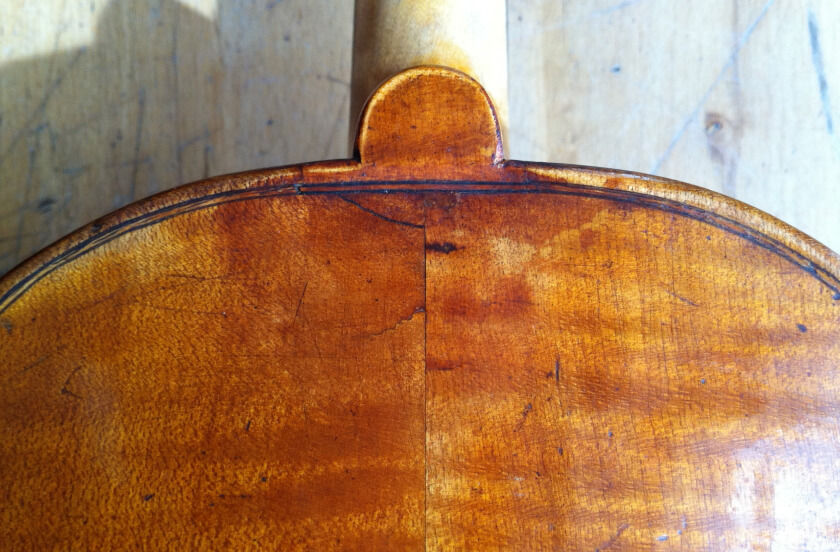
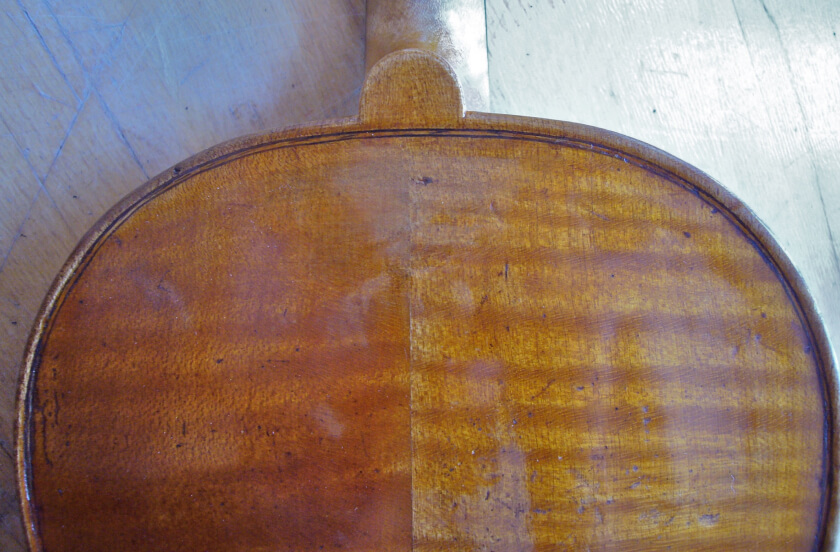
before
AFTER
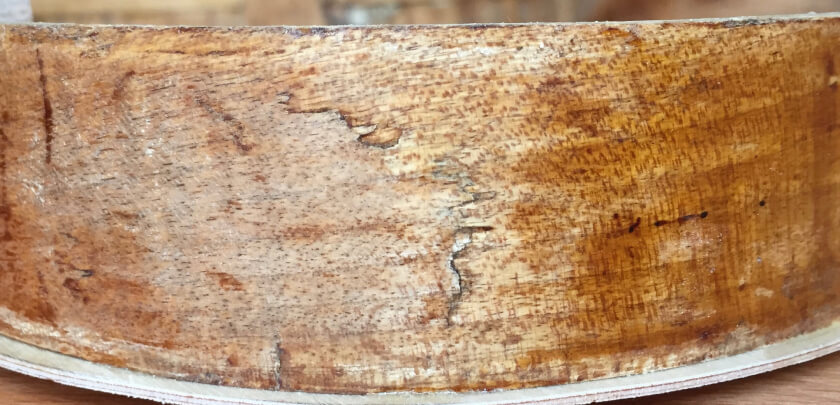
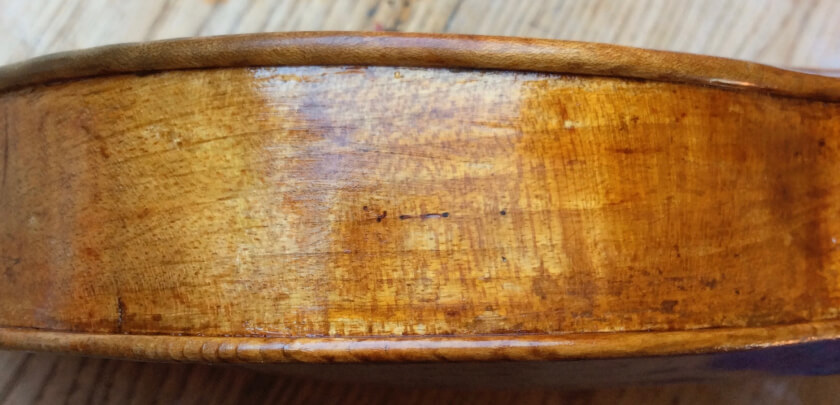
before
AFTER
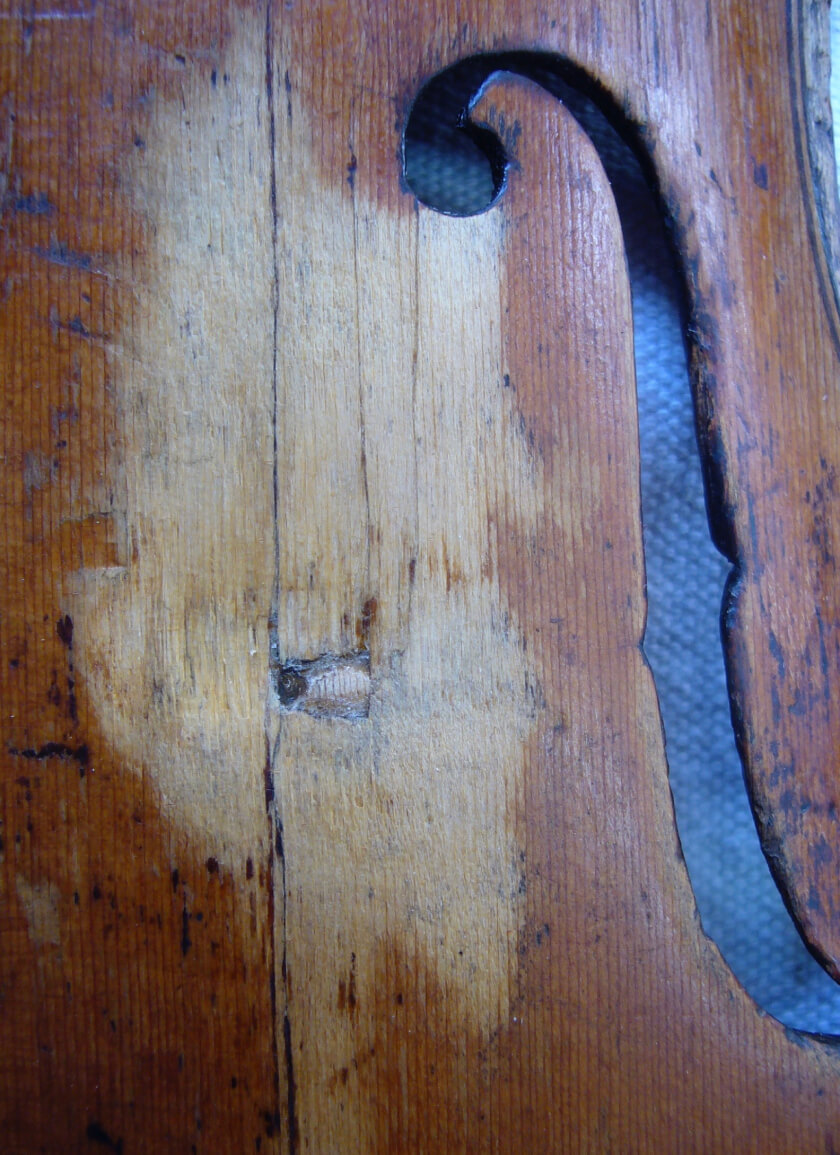
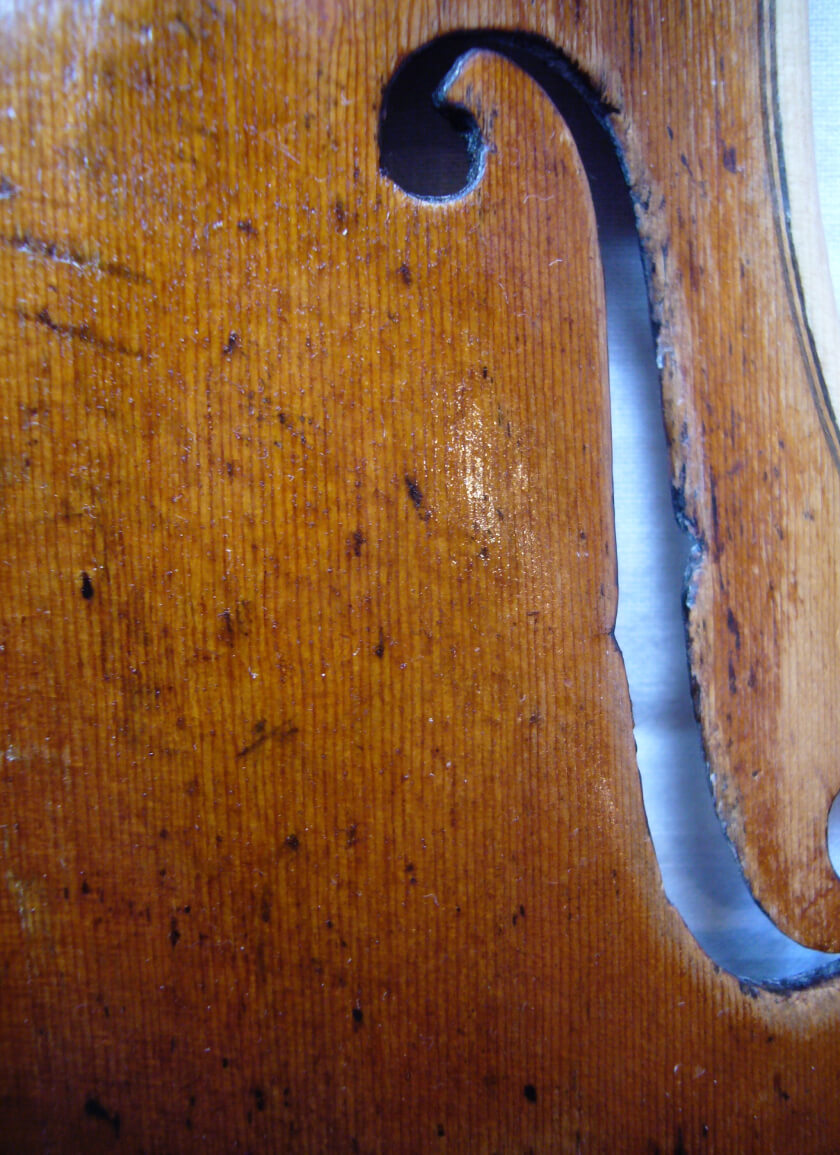
before
AFTER
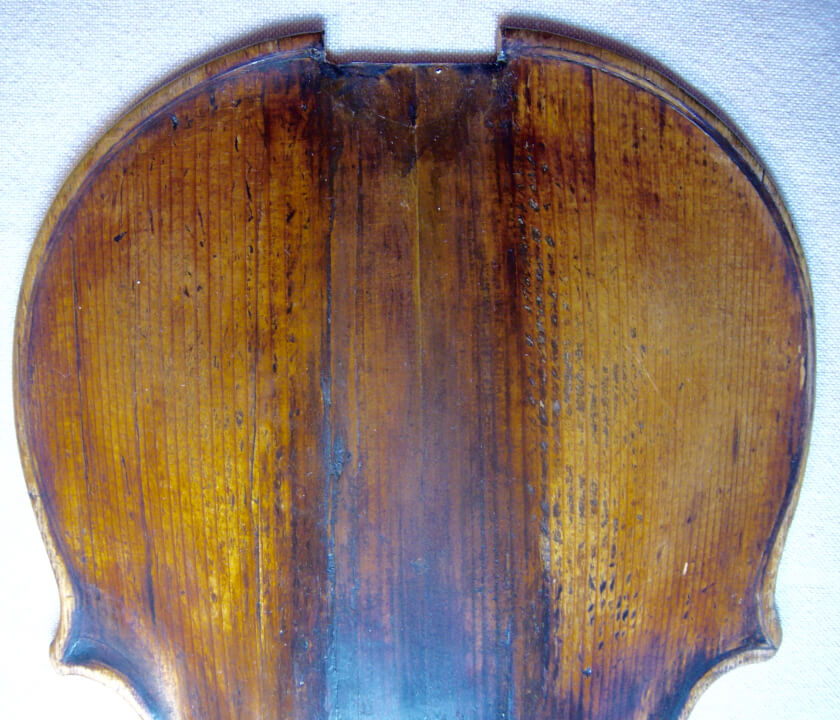
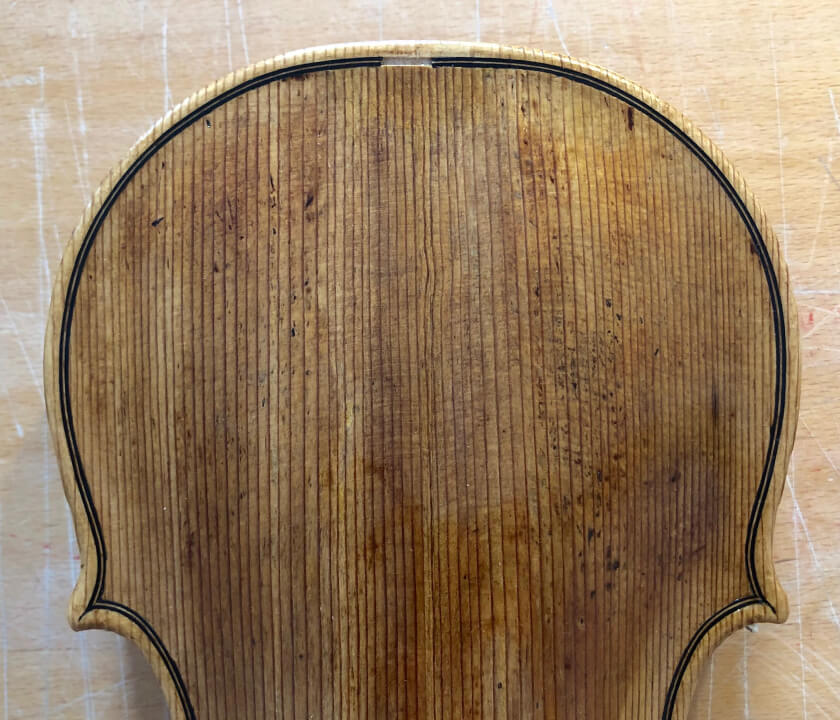
before
AFTER
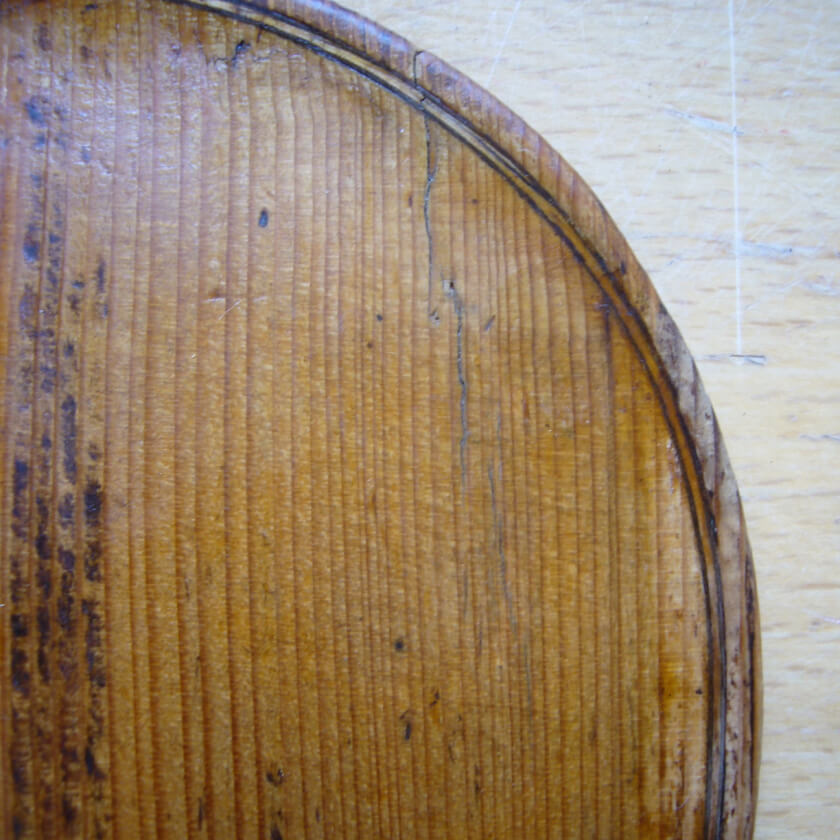
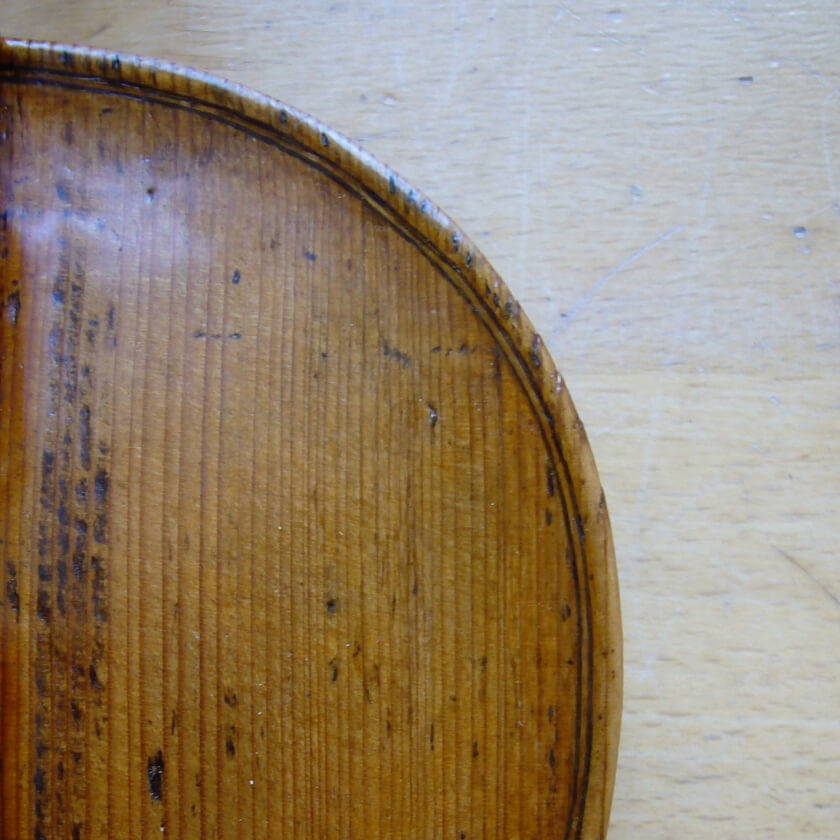
before
AFTER
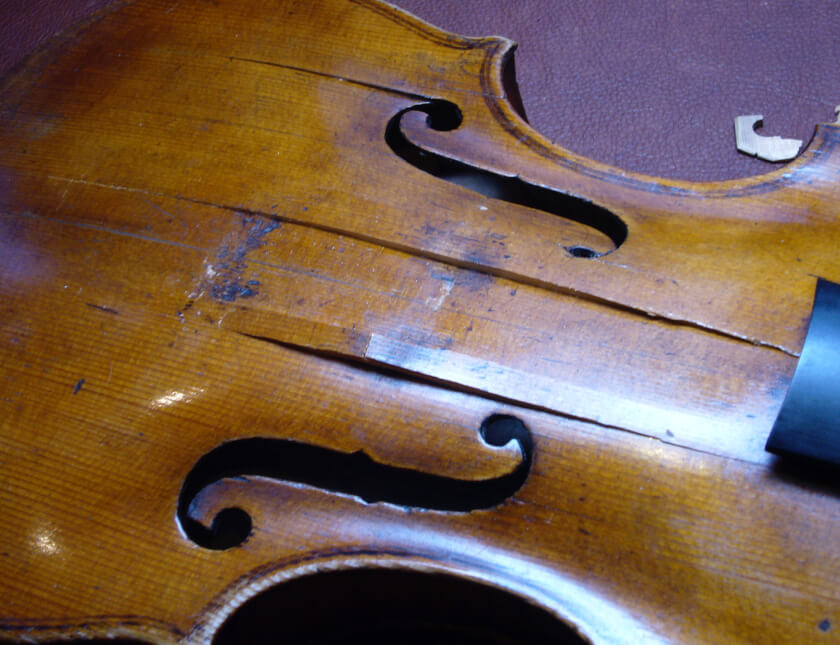
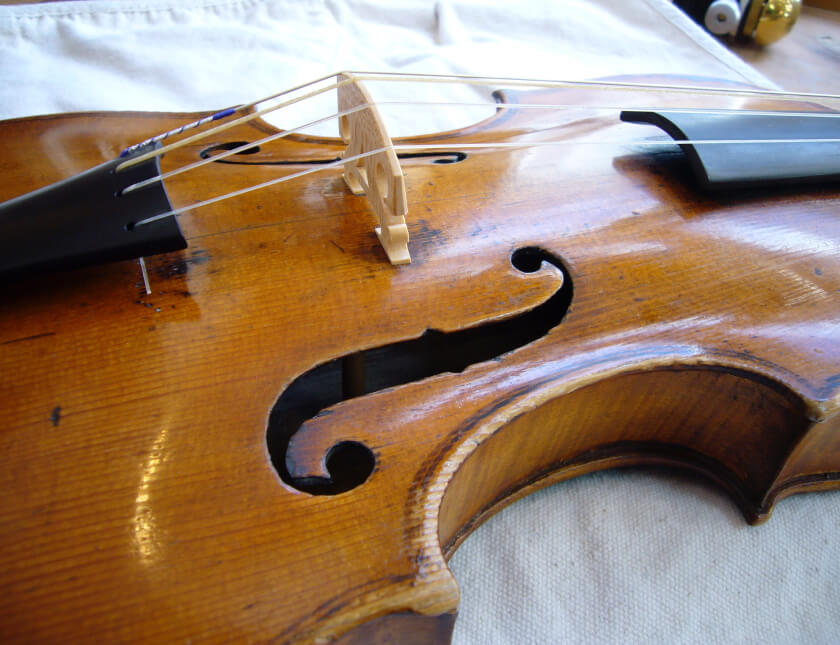
before
AFTER
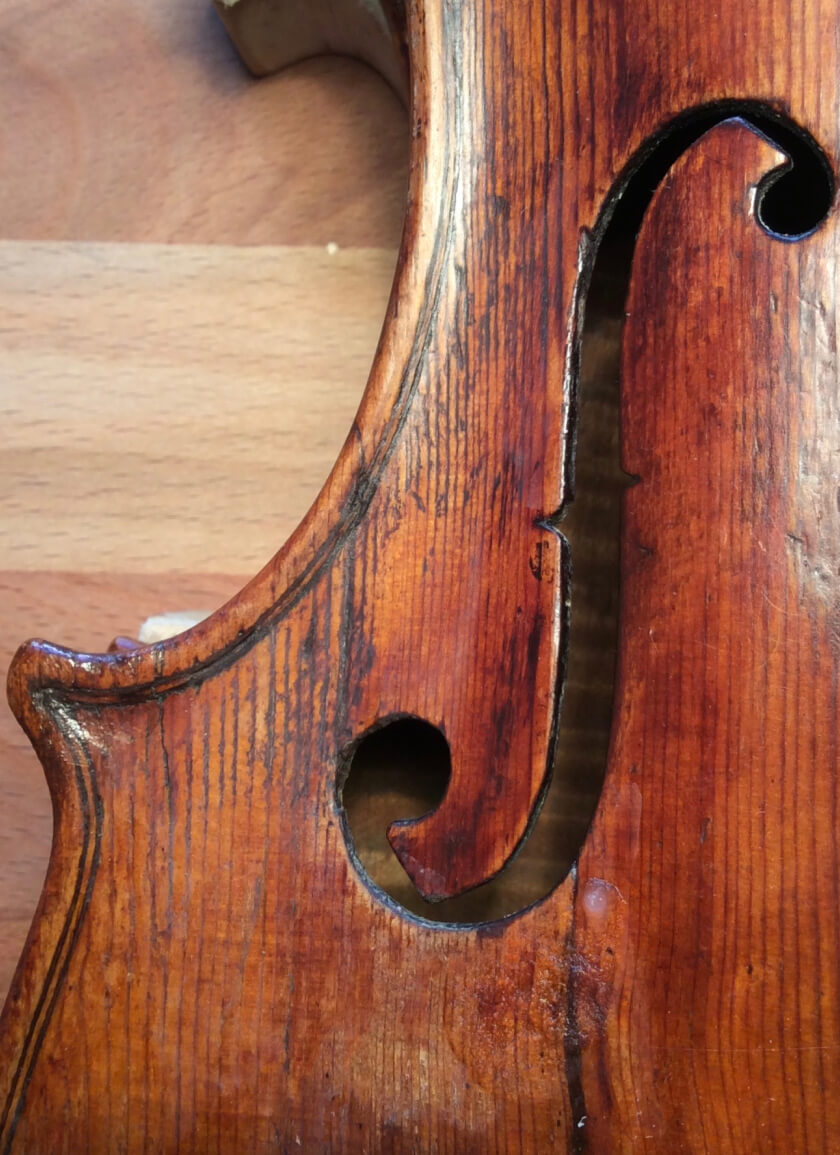
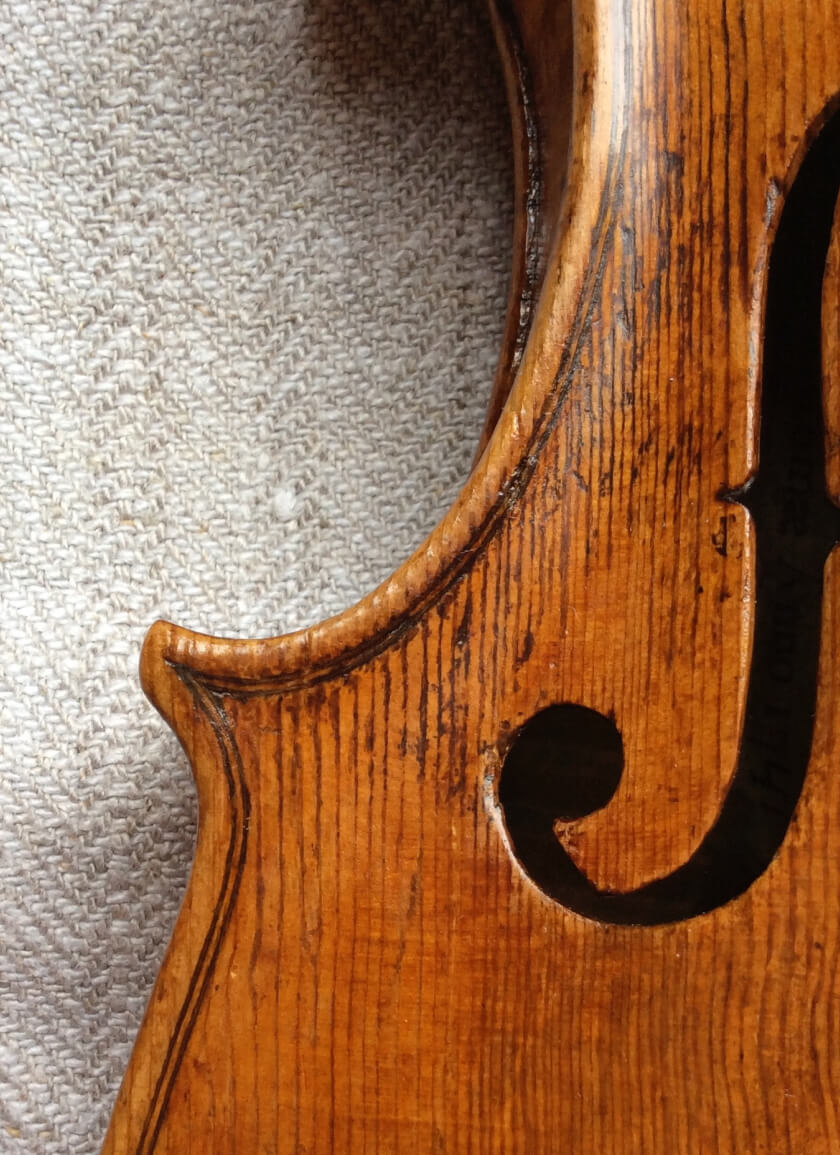
before
AFTER
LET’S DISCUSS
your inquiry
Please fill out the following form to get in touch.


